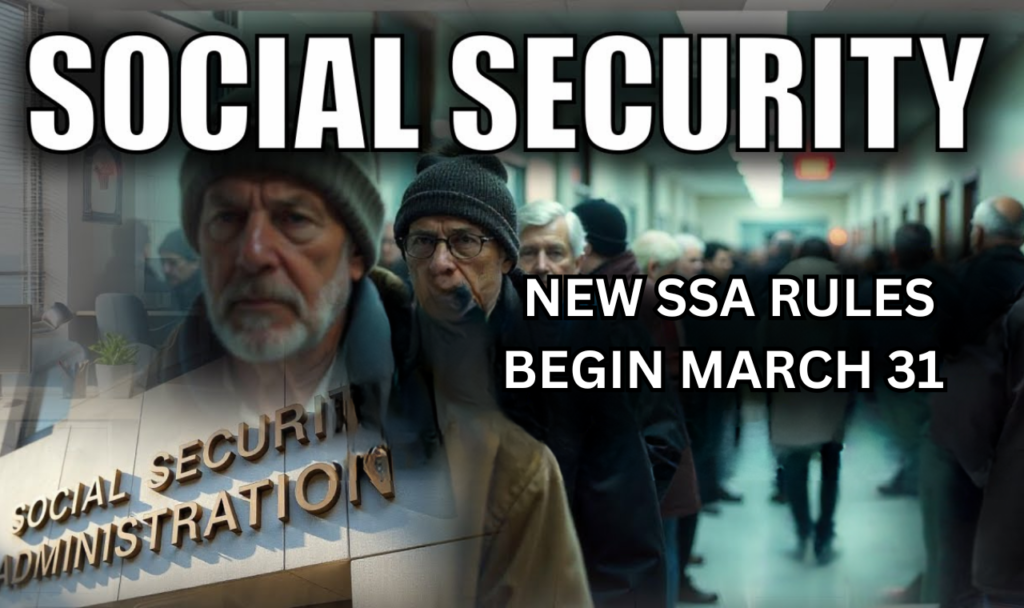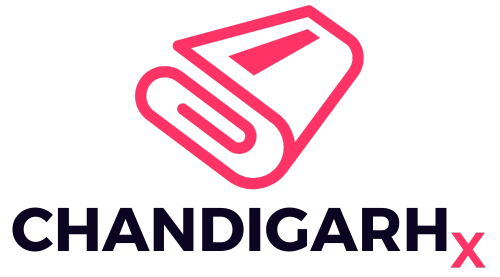Starting March 31, 2025, the Social Security Administration (SSA) will implement new procedures designed to enhance security and streamline benefit processes. These changes primarily focus on stricter identity verification requirements and a faster turnaround for direct deposit modifications. While the SSA argues these measures will reduce fraud and improve efficiency, critics worry about potential accessibility issues, particularly for seniors and those in rural areas.
Stricter Identity Verification Requirements
One of the most significant changes is the enforcement of stricter identity verification procedures. Going forward, individuals applying for benefits or making direct deposit changes will be required to verify their identity either online through the my Social Security portal or in person at an SSA field office.
Currently, many applicants verify their identity via knowledge-based authentication questions, such as past addresses or loan amounts. However, due to increasing fraud cases, this method is being phased out in favor of multi-factor authentication and in-person verification for those unable to complete the online process.
What This Means for You:
- If you already have a my Social Security account and can verify your identity online, you will experience little to no disruption.
- If you have difficulty verifying online, you must visit a local SSA field office for verification.
- Appointments may be required at SSA offices, potentially leading to longer wait times.
This move is part of the SSA’s ongoing effort to combat fraud. Over the past five years, fraud involving stolen Social Security benefits has cost taxpayers over $100 million annually. By enforcing stricter authentication measures, the agency hopes to mitigate such losses.
Faster Direct Deposit Processing
Another major change is the acceleration of direct deposit modifications. Under current rules, updates to direct deposit information can take up to 30 days to process, leaving beneficiaries vulnerable to delays. The new policy reduces this time to one business day once verification is completed.
This change is expected to benefit retirees, individuals with disabilities, and Supplemental Security Income (SSI) recipients who rely on timely payments. The SSA emphasizes that this improvement will:
- Reduce payment delays for millions of beneficiaries.
- Minimize fraudulent account takeovers, as changes will be processed more securely.
Concerns Over Accessibility
While these measures aim to improve security and efficiency, they have raised accessibility concerns, particularly for seniors, rural residents, and individuals with disabilities. Many people in these groups lack reliable internet access or struggle with digital literacy, making online verification difficult.
Critics argue that increased in-person requirements could create new barriers. Advocacy groups, including the National Council on Aging (NCOA), have expressed concerns that seniors with mobility issues or those in areas with limited SSA office availability may face undue hardship.
Potential Challenges:
- Limited SSA office availability: The SSA has announced plans to close several underutilized field offices as part of broader efficiency reforms.
- Reduced staffing levels: The agency will reduce its workforce from 57,000 to 50,000 employees, potentially increasing wait times.
- Risk of benefit disruptions: Individuals who fail to complete verification on time may experience delays in receiving payments.
Broader SSA Reforms and Privatization Concerns
These changes are part of a larger SSA reform initiative spearheaded by the Department of Government Efficiency (DOGE), an agency recently established to streamline government services. The initiative is backed by business magnate Elon Musk, whose involvement has led to speculation about privatization efforts.
Some experts worry that reducing SSA staff and office locations could be a step toward privatizing Social Security. According to MarketWatch, experts argue that recent efficiency-driven reforms could shift SSA services to private contractors over time.

How to Prepare for the March 31 Changes
To avoid disruptions, beneficiaries should take proactive steps before the new policies take effect. Here’s what you can do:
1. Set Up a “my Social Security” Account
If you haven’t already, create an account on the my Social Security portal. This will allow you to:
- Verify your identity online.
- Manage direct deposit details.
- Access benefit statements.
2. Ensure Your Personal Information is Up to Date
Verify that your contact details, mailing address, and banking information are current to prevent issues with direct deposits.
3. Plan for In-Person Verification if Needed
If you expect difficulty with online verification:
- Locate your nearest SSA office using the Field Office Locator.
- Schedule an appointment in advance, as offices may experience increased demand.
4. Be Wary of Scams
With new procedures coming into place, scammers may take advantage of the transition. SSA officials warn that beneficiaries should:
- Ignore calls or emails asking for Social Security numbers or banking details. The SSA does not contact individuals by phone for sensitive information.
- Report suspicious activity through the Office of the Inspector General.
Conclusion
The March 31, 2025 changes mark a significant shift in how Social Security beneficiaries interact with the SSA. While the reforms aim to enhance security and efficiency, they may present challenges for certain groups. Staying informed and preparing ahead of time can help ensure a smooth transition.

Pankaj Kumar is a journalist at Chandigarh X, covering admit cards, recruitment, and government schemes. His articles provide readers with detailed insights into application processes, eligibility, and exam updates.
Outside of work, Pankaj enjoys traveling, fitness, and cricket, often participating in local matches on weekends.



